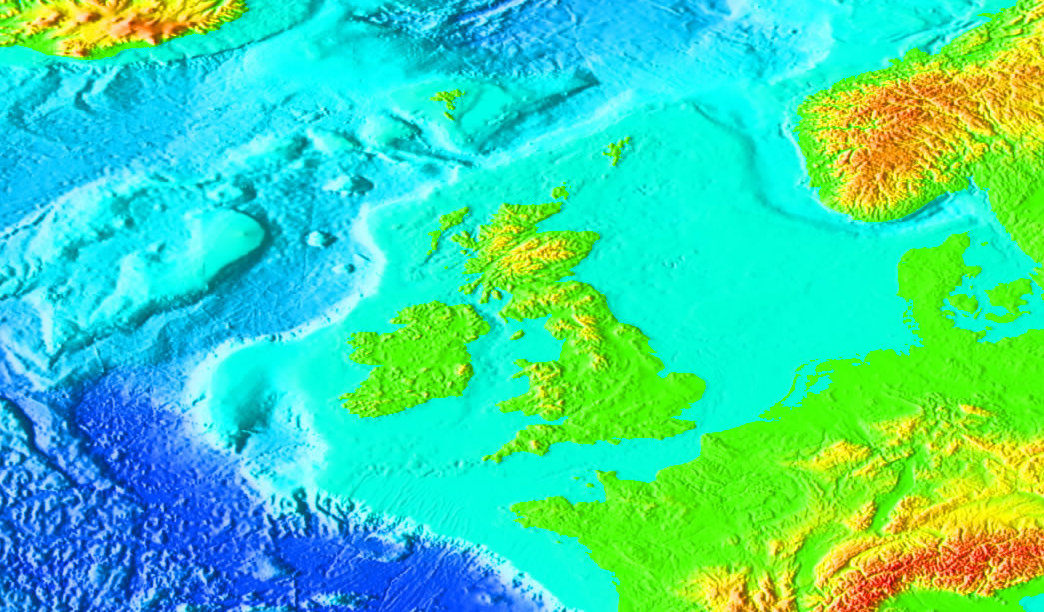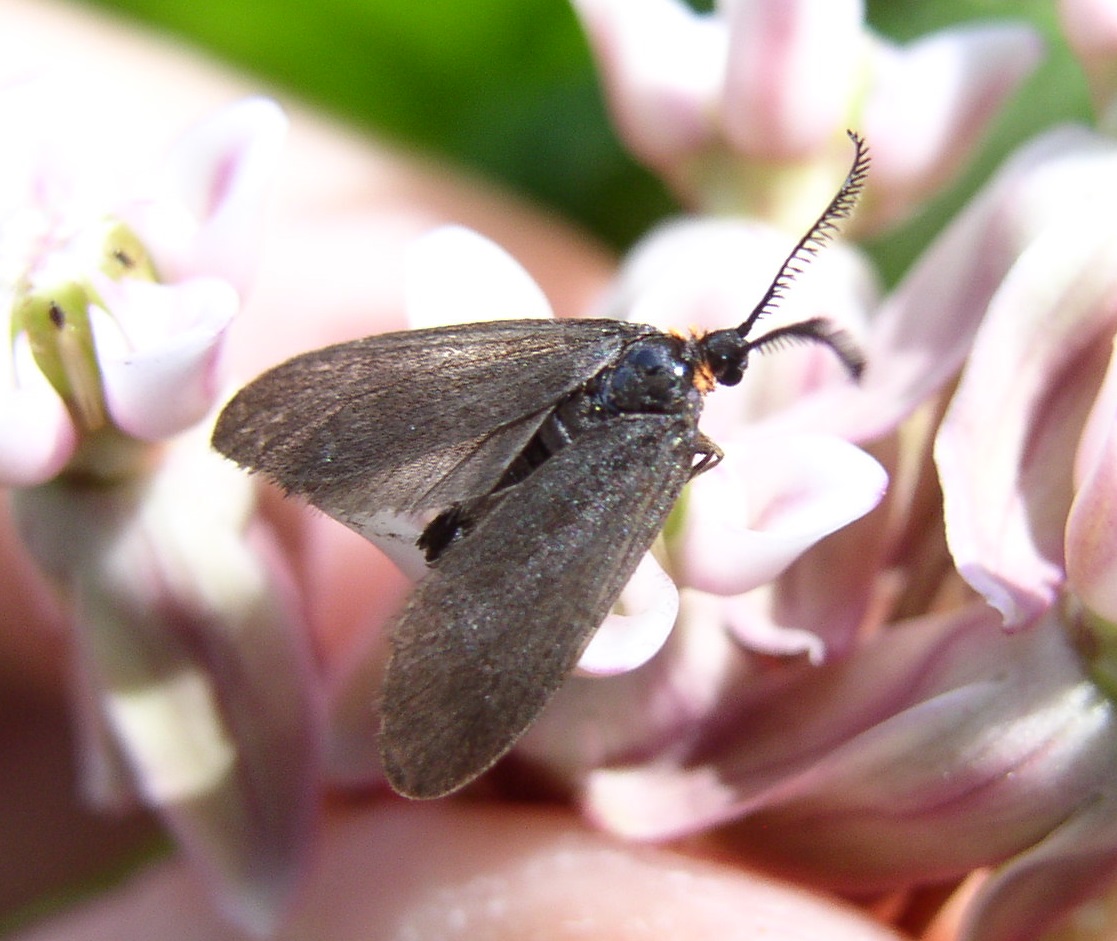|
Rhagades Pruni
''Rhagades pruni'' is a species of moth of the family Zygaenidae. It is found in most of Europe (except for the British Isles) up to East Asia, including Japan. The length of the forewings is 10–12 mm for males and 8–11 mm for females. The larvae feed on ''Vaccinium uliginosum'', ''Calluna vulgaris'' and ''Andromeda polifolia''. Subspecies *''Rhagades pruni pruni'' *''Rhagades pruni callunae'' Spuler, 1906 External linksLepidoptera of Belgium Procridinae Moths of Japan Moths of Europe Taxa named by Michael Denis Taxa named by Ignaz Schiffermüller Moths described in 1775 {{Zygaenidae-stub ... [...More Info...] [...Related Items...] OR: [Wikipedia] [Google] [Baidu] |
Michael Denis
Johann Nepomuk Cosmas Michael Denis, also: ''Sined the Bard'', (27 September 1729 – 29 September 1800) was an Austrian Catholic priest and Jesuit, who is best known as a poet, bibliographer, and lepidopterist. Life Denis was born at Schärding, located on the Inn River, then ruled by the Electorate of Bavaria, in 1729, the son of Johann Rudolph Denis, who taught him Latin at an early age. At the age of ten, he was enrolled to be educated by the Jesuits at their college in Passau. After completing his studies in 1747, he entered the novitiate of the Society of Jesus in Vienna. In 1749, following this initial formation period, Denis was sent to carry his period of Regency at Jesuit colleges in Graz and Klagenfurt. He was ordained a priest in 1757. Two years later, he was appointed professor at the Theresianum in Vienna, a Jesuit college. After the suppression of the Jesuits in 1773, and the subsequent closing of the college, he remained there to maintain its library unti ... [...More Info...] [...Related Items...] OR: [Wikipedia] [Google] [Baidu] |
Ignaz Schiffermüller
Ignaz Schiffermüller (born 2 October 1727 in Hellmonsödt; died 21 June 1806 in Linz) was an Austrian naturalist mainly interested in Lepidoptera. Schiffermüller was a teacher at the Theresianum College in Vienna. His collection was presented to the old United Royal and Imperial Natural History Collections (Vereinigtes k.k. Naturalien-Cabinet) at the Hofburg where it burnt during the revolution in 1848. With Michael Denis Johann Nepomuk Cosmas Michael Denis, also: ''Sined the Bard'', (27 September 1729 – 29 September 1800) was an Austrian Catholic priest and Jesuit, who is best known as a poet, bibliographer, and lepidopterist. Life Denis was born at Schärd ..., also a teacher at the Theresianum, he published the first index of the Lepidoptera of the Viennese region ''das Systematische Verzeichnis der Schmetterlinge der Wienergegend herausgegeben von einigen Lehrern am k. k. Theresianum'' (1775). His collection is in the ''Kaiserlichen Hof-Naturalienkabinett'' (no ... [...More Info...] [...Related Items...] OR: [Wikipedia] [Google] [Baidu] |
Moth
Moths are a paraphyletic group of insects that includes all members of the order Lepidoptera that are not butterflies, with moths making up the vast majority of the order. There are thought to be approximately 160,000 species of moth, many of which have yet to be described. Most species of moth are nocturnal, but there are also crepuscular and diurnal species. Differences between butterflies and moths While the butterflies form a monophyletic group, the moths, comprising the rest of the Lepidoptera, do not. Many attempts have been made to group the superfamilies of the Lepidoptera into natural groups, most of which fail because one of the two groups is not monophyletic: Microlepidoptera and Macrolepidoptera, Heterocera and Rhopalocera, Jugatae and Frenatae, Monotrysia and Ditrysia.Scoble, MJ 1995. The Lepidoptera: Form, function and diversity. Oxford, UK: Oxford University Press; 404 p. Although the rules for distinguishing moths from butterflies are not well est ... [...More Info...] [...Related Items...] OR: [Wikipedia] [Google] [Baidu] |
Zygaenidae
The Zygaenidae moths are a family of Lepidoptera. The majority of zygaenids are tropical, but they are nevertheless quite well represented in temperate regions. Some of the 1000 or so species are commonly known as burnet or forester moths, often qualified by the number of spots, although other families also have 'foresters'. They are also sometimes called smoky moths. All 43 species of Australian zygaenids are commonly known as foresters and belong to the tribe Artonini. The only nonendemic species in Australia is ''Palmartona catoxantha'', a Southeast Asian pest species which is believed to be already present in Australia or likely to arrive soon.Tarmann, G.M. "Zygaenid moths of Australia. A revision of the Australian Zygaenidae". Description Larvae Larvae are stout and may be flattened. A fleshy extension of the thorax covers the head. Most feed on herbaceous plants, but some are tree feeders. Larvae in two subfamilies, Chalcosiinae and Zygaeninae, have cavities in whic ... [...More Info...] [...Related Items...] OR: [Wikipedia] [Google] [Baidu] |
British Isles
The British Isles are a group of islands in the North Atlantic Ocean off the north-western coast of continental Europe, consisting of the islands of Great Britain, Ireland, the Isle of Man, the Inner and Outer Hebrides, the Northern Isles (Orkney and Shetland), and over six thousand smaller islands. They have a total area of and a combined population of almost 72 million, and include two sovereign states, the Republic of Ireland (which covers roughly five-sixths of Ireland), and the United Kingdom of Great Britain and Northern Ireland. The Channel Islands, off the north coast of France, are normally taken to be part of the British Isles, even though geographically they do not form part of the archipelago. Under the UK Interpretation Act 1978, the Channel Islands are clarified as forming part of the British Islands, not to be confused with the British Isles. The oldest rocks are 2.7 billion years old and are found in Ireland, Wales and the north-west of Scotland. Du ... [...More Info...] [...Related Items...] OR: [Wikipedia] [Google] [Baidu] |
East Asia
East Asia is the eastern region of Asia, which is defined in both geographical and ethno-cultural terms. The modern states of East Asia include China, Japan, Mongolia, North Korea, South Korea, and Taiwan. China, North Korea, South Korea and Taiwan are all unrecognised by at least one other East Asian state due to severe ongoing political tensions in the region, specifically the division of Korea and the political status of Taiwan. Hong Kong and Macau, two small coastal quasi-dependent territories located in the south of China, are officially highly autonomous but are under Chinese sovereignty. Japan, Taiwan, South Korea, Mainland China, Hong Kong, and Macau are among the world's largest and most prosperous economies. East Asia borders Siberia and the Russian Far East to the north, Southeast Asia to the south, South Asia to the southwest, and Central Asia to the west. To the east is the Pacific Ocean and to the southeast is Micronesia (a Pacific Ocean island group, clas ... [...More Info...] [...Related Items...] OR: [Wikipedia] [Google] [Baidu] |
Japan
Japan ( ja, 日本, or , and formally , ''Nihonkoku'') is an island country in East Asia. It is situated in the northwest Pacific Ocean, and is bordered on the west by the Sea of Japan, while extending from the Sea of Okhotsk in the north toward the East China Sea, Philippine Sea, and Taiwan in the south. Japan is a part of the Ring of Fire, and spans an archipelago of 6852 islands covering ; the five main islands are Hokkaido, Honshu (the "mainland"), Shikoku, Kyushu, and Okinawa. Tokyo is the nation's capital and largest city, followed by Yokohama, Osaka, Nagoya, Sapporo, Fukuoka, Kobe, and Kyoto. Japan is the eleventh most populous country in the world, as well as one of the most densely populated and urbanized. About three-fourths of the country's terrain is mountainous, concentrating its population of 123.2 million on narrow coastal plains. Japan is divided into 47 administrative prefectures and eight traditional regions. The Greater Tokyo Ar ... [...More Info...] [...Related Items...] OR: [Wikipedia] [Google] [Baidu] |
Vaccinium Uliginosum
''Vaccinium uliginosum'' (bog bilberry, bog blueberry, northern bilberry or western blueberry) is a Eurasian and North American flowering plant in the genus ''Vaccinium'' within the heath family. Distribution ''Vaccinium uliginosum'' is native to cool temperate regions of the Northern Hemisphere, at low altitudes in the Arctic, and at high altitudes south to the Pyrenees, the Alps, and the Caucasus in Europe, the mountains of Mongolia, northern China, the Korean Peninsula and central Japan in Asia, and the Sierra Nevada in California and the Rocky Mountains in Utah in North America. It grows on wet acidic soils on heathland, moorland, tundra, and in the understory of coniferous forests, from sea level in the Arctic, up to altitude in the south of the range. Description ''Vaccinium uliginosum'' is a small deciduous shrub growing to tall, rarely tall, with brown stems (unlike the green stems of the closely related bilberry). The leaves are oval, long and wide, blue-g ... [...More Info...] [...Related Items...] OR: [Wikipedia] [Google] [Baidu] |
Calluna Vulgaris
''Calluna vulgaris'', common heather, ling, or simply heather, is the sole species in the genus ''Calluna'' in the flowering plant family Ericaceae. It is a low-growing evergreen shrub growing to tall, or rarely to and taller, and is found widely in Europe and Asia Minor on acidic soils in open sunny situations and in moderate shade. It is the dominant plant in most heathland and moorland in Europe, and in some bog vegetation and acidic pine and oak woodland. It is tolerant of grazing and regenerates following occasional burning, and is often managed in nature reserves and grouse moors by sheep or cattle grazing, and also by light burning. ''Calluna'' was separated from the closely related genus '' Erica'' by Richard Anthony Salisbury, who devised the generic name ''Calluna'' probably from the Ancient Greek (), "beautify, sweep clean", in reference to its traditional use in besoms. The specific epithet ''vulgaris'' is Latin for 'common'. ''Calluna'' is differentiated fro ... [...More Info...] [...Related Items...] OR: [Wikipedia] [Google] [Baidu] |
Andromeda Polifolia
''Andromeda polifolia'', common name bog-rosemary, is a species of flowering plant in the heath family Ericaceae, native to northern parts of the Northern Hemisphere. It is the only member of the genus ''Andromeda'', and is only found in bogs in cold peat-accumulating areas. Description It is a small shrub growing to (rarely to ) tall with slender stems. The leaves are evergreen, alternately arranged, lanceolate, long and broad, dark green above (purplish in winter) and white beneath with the leaf margins curled under. The flowers are bell-shaped, white to pink, long; flowering is in late spring to early summer. The fruit is a small capsule containing numerous seeds. There are two varieties, treated as distinct species by some botanists: *''Andromeda polifolia'' var. ''polifolia''. Northern Europe and Asia, northwestern North America. *''Andromeda polifolia'' var. ''latifolia'' Aiton 789/small>. Northeastern North America (syn. ''A. glaucophylla'' Link 821/small>, '' ... [...More Info...] [...Related Items...] OR: [Wikipedia] [Google] [Baidu] |
Procridinae
Procridinae is a subfamily of the family Zygaenidae. Selected genera * '' Aethioprocris'' Alberti, 1954 * '' Alteramenelikia'' Alberti, 1971 * ''Acoloithus'' Clemens, 1860 * ''Adscita'' Retzius, 1783 * '' Ankasocris'' Viette, 1965 * '' Artona'' Walker, 1854 * '' Astyloneura'' Gaede, 1914 * '' Australartona'' Tarmann, 2005 * '' Chalconycles'' Jordan, 1907 * '' Clelea'' Walker, 1854 * ''Euclimaciopsis'' Tremewan, 1973 * '' Gonioprocris'' Jordan, 1913 * ''Harrisina'' Packard, 1864 * ''Hestiochora'' Meyrick, 1886 * ''Homophylotis'' Turner, 1904 * '' Ischnusia'' Jordan, 1928 * ''Janseola'' Hopp, 1923 * '' Jordanita'' Verity, 1946 * '' Madaprocris'' Viette, 1978 * '' Malamblia'' Jordan, 1907 * '' Metanycles'' Butler, 1876 * ''Myrtartona'' Tarmann, 2005 * '' Neobalataea'' Alberti, 1954 * ''Neoprocris'' Jordan, 1915 * ''Palmartona'' Tarmann, 2005 * ''Pollanisus'' Walker, 1854 * ''Pyromorpha'' Herrich-Schäffer, 854/small> * ''Pseudoamuria'' Tarmann, 2005 * ''Pseudoprocris'' Druce ... [...More Info...] [...Related Items...] OR: [Wikipedia] [Google] [Baidu] |






